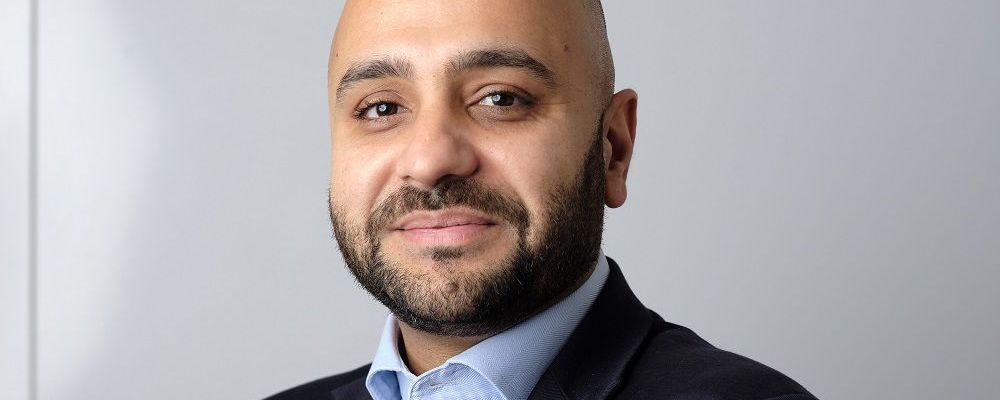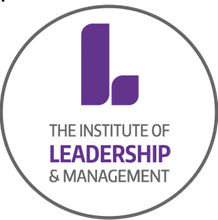If we as leaders are trying to be successful, we must frame equity and inclusion not as a problem we need to solve, but an opportunity we need to grasp, across our entire organisations.
How can we create truly meaningful, sustainable change, rather than leaning on one-off actions? How can we weave equity and inclusion throughout our systems, so that it’s a key component of what we do on a day-to-day basis and becomes second nature? They are the questions that leaders must address with greater urgency now and in the coming years.
For me, it's important that we go beyond the traditional approach of simply measuring diversity. The most tangible advances in this field happen when you start measuring inclusion – by which I mean the sense of belonging that individuals have.
Representation alone is not the end goal of equity and inclusion. The goal is to create conditions in which all of your people feel valued and can speak up. That will galvanise them to support the creativity, productivity and problem solving that will drive your business forward. Ensuring that we are able to measure people’s belonging is how we will get to that second-nature level.
We must also ask ourselves how we can become more human leaders – which is a concept that goes against pretty much every traditional leadership course of the past!
Leaders were once taught that they must have all the right answers, say all the right things and approach challenging situations with readymade solutions. But what’s important now is to have leaders who will show vulnerability. Leaders who can go into conversations without all the answers – but with a willingness to explore potential solutions with their teams.
Going forward, human leadership will be critical. In the past 12 months, professionals have had more insights thank ever before into the natural states of each other’s lives – young kids strolling in the background of our Zoom calls; pets wandering visibly around people’s work spaces. Mask wearing was a feature of pre-Covid office life, too – except those masks were invisible, designed to project idealised ‘workplace identities.’ With all the Covid era’s human insights under our belts, how should we ensure that we don’t replicate that again?
In human leadership, a focus on solutions will have to make way for a readiness to listen – and to understand that sometimes, someone’s perception is also their reality. And that means paying greater attention to people’s lived experience.
In the context of equity and inclusion, my approach to human leadership is guided by three principles:
- Think inclusively When we approach conversations, how do we leverage different perspectives on the topic at hand – in terms of how our colleagues will perceive it, or how it will come across to them?
- Learn inclusively How do we ensure that learning and training exercises connect with the different audiences we have in the modern workplace? And how can those exercises benefit from their audiences’ input?
- Act inclusively How do we determine what we truly mean by being inclusive? And what is our role as leaders within that journey of inclusion? All too often, we tend to speak to individuals in silos and fail to create true inclusion. So, this element is particularly important for any leader as we head into the future.
Another concept that leaders will increasingly need to get to grips with moving forward is intersectionality. No one’s identity is defined by just a single characteristic. We are multi-layered, and to create true inclusion in our workforce, we must value not only the unique compositions of people’s identities, but the notion that different elements are important to us at different times.
For example, I'm from an ethnic background, but I'm also a parent to young kids and I’m neurodiverse. On some days, getting my kids to school is the biggest diversity challenge I face – but on others, it could be my race or my neurodiversity.
In organisations, our sense of belonging hinges on every aspect of our identity. So, as leaders, let’s think hard about how to create inclusion by understanding the unique combinations of layers that form who our people are.




